Data Science & Developer Roadmaps with Chat & Free Learning Resources
pooling-CNN
Pooling layers are essential components of Convolutional Neural Networks (CNNs) that help reduce the spatial dimensions of feature maps generated by convolutional layers. By downsampling the feature maps, pooling layers introduce translational invariance, allowing the network to recognize features regardless of their position in the input image. This process minimizes the number of parameters and computations, which can help prevent overfitting and improve model generalization. Common pooling techniques include max pooling, which retains the maximum value from a region, and average pooling, which computes the average value, both contributing to a more efficient and robust CNN architecture.

Introduction To Pooling Layers In CNN
A Convolutional neural network(CNN) is a special type of Artificial Neural Network that is usually used for image recognition and processing due to its ability to recognize patterns in images. It elim...
📚 Read more at Towards AI🔎 Find similar documents
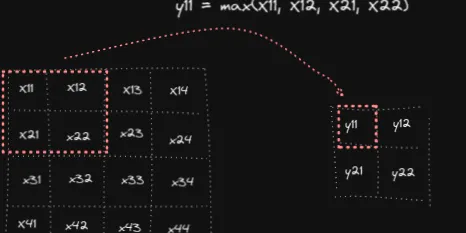
Forward and Backward propagation of Max Pooling Layer in Convolutional Neural Networks
Theory and Code Introduction In the last article we saw how to do forward and backward propagation for convolution operations in CNNs. It was found that applying the pooling layer after the convoluti...
📚 Read more at Towards Data Science🔎 Find similar documents
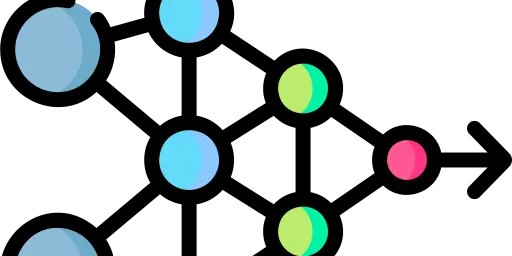
Pooling Layers For Convolutional Neural Networks (CNN)
Background In my previous article, we introduced the key building block behind convolutional neural networks (CNNs), the convolutional layer. Convolutional layers allow the neural network to learn the...
📚 Read more at Towards Data Science🔎 Find similar documents

A Gentle Introduction to Pooling Layers for Convolutional Neural Networks
Last Updated on July 5, 2019 Convolutional layers in a convolutional neural network summarize the presence of features in an input image. A problem with the output feature maps is that they are sensit...
📚 Read more at Machine Learning Mastery🔎 Find similar documents
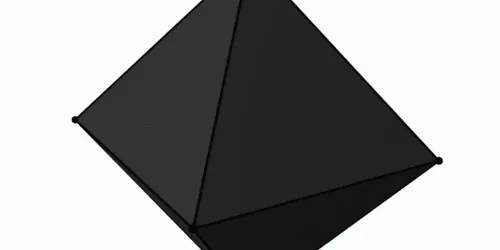
Principal Component Analysis Pooling in Tensorflow with Interactive Code [PCAP]
The idea is simple, Max/Average pooling operation in convolution neural networks are used to reduce the dimensionality of the input. And while more sophisticated pooling operation was introduced like…...
📚 Read more at Towards Data Science🔎 Find similar documents

Maximum Pooling
<!--TITLE: Maximum Pooling-- Introduction In Lesson 2 we began our discussion of how the base in a convnet performs feature extraction. We learned about how the first two operations in this process oc...
📚 Read more at Kaggle Learn Courses🔎 Find similar documents

Maximum Pooling
<!--TITLE: Maximum Pooling-- Introduction In Lesson 2 we began our discussion of how the base in a convnet performs feature extraction. We learned about how the first two operations in this process oc...
📚 Read more at Kaggle Learn Courses🔎 Find similar documents

Maximum Pooling
<!--TITLE: Maximum Pooling-- Introduction In Lesson 2 we began our discussion of how the base in a convnet performs feature extraction. We learned about how the first two operations in this process oc...
📚 Read more at Kaggle Learn Courses🔎 Find similar documents
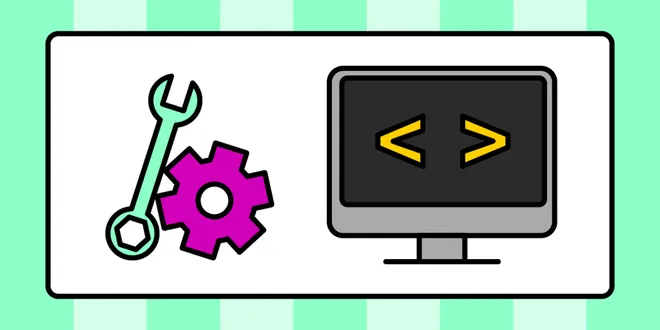
Hikari Connection Pooling —
Connection pooling is a technique for efficiently using and managing the connections of any application. First let’s see the importance of connection pooling —a) Resource efficiency — Opening and clos...
📚 Read more at Javarevisited🔎 Find similar documents
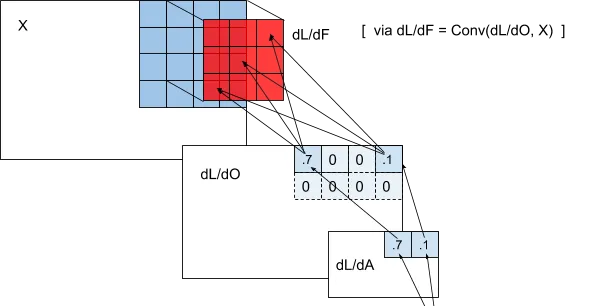
SWAP: Softmax-Weighted Average Pooling
Blake Elias is a Researcher at the New England Complex Systems Institute. Shawn Jain is an AI Resident at Microsoft Research. We present a pooling method for convolutional neural networks as an…
📚 Read more at Towards Data Science🔎 Find similar documents

Maximum Pooling
Learn more about feature extraction with maximum pooling. Photo by Brock Wegner on Unsplash In the third operation in this series after this part, we will condense with maximum pooling, which in Kera...
📚 Read more at Python in Plain English🔎 Find similar documents
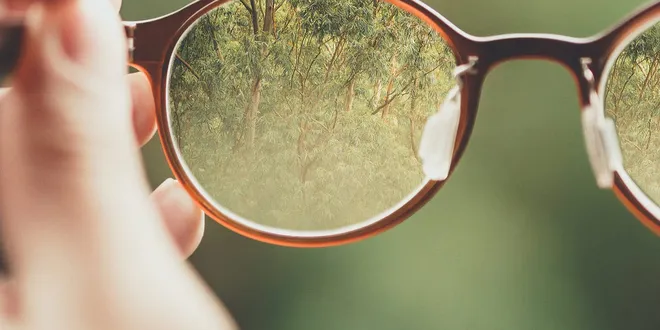
Bilinear pooling for fine-grained visual recognition and multi-modal deep learning
Bilinear pooling originated in the computer vision community as a method for fine-grained visual recognition. Or in less fancy language, a method that looks for specific details when recognizing and…
📚 Read more at Towards Data Science🔎 Find similar documents

